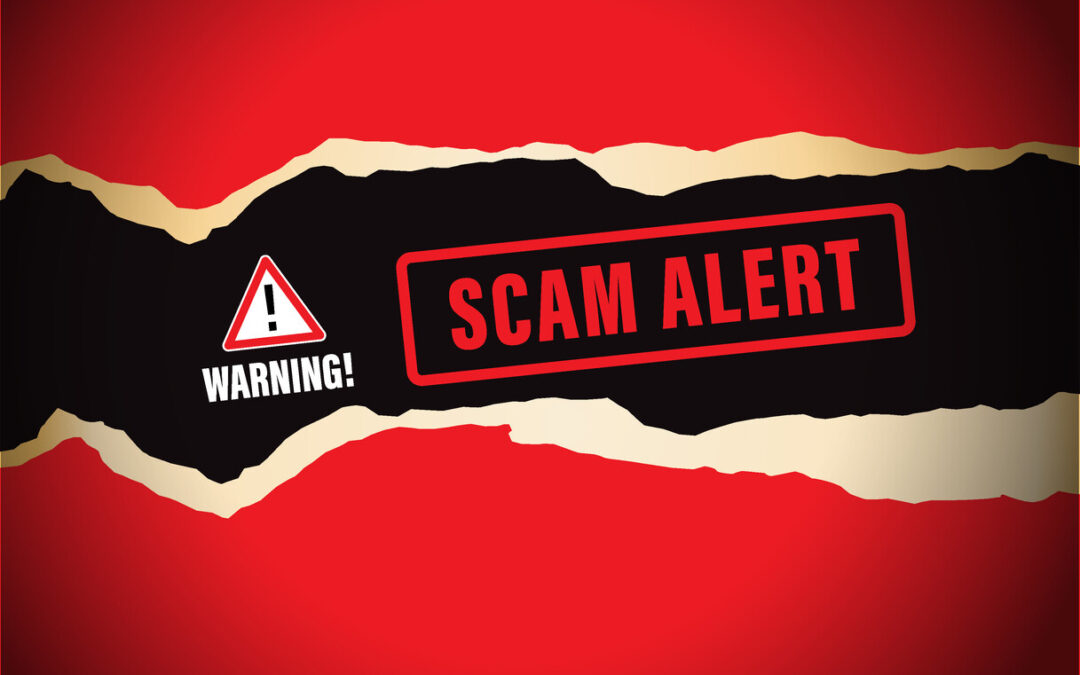
If you think your practice is not a target for financial scammers, think again!
Fraud is on the rise and often backed by very “official” looking documents. In fact, the Association of Certified Fraud Examiners found that 55% of fraudsters concealed their crimes by creating fraudulent physical documents. Even Facebook and Google were recent victims of a payment scam using fraudulent physical documents.
You can read all the details here: Facebook and Google Were Victims of $100M Payment Scam
According to the Justice Department, the fraudster (a Lithuanian man named Evaldas Rimasauskas) forged email addresses, invoices, and corporate stamps in order to impersonate a large Asian-based manufacturer with whom the tech firms regularly did business. The point was to trick companies into paying for computer supplies.
The scheme worked. Over a two-year span, the corporate imposter convinced accounting departments at the two tech companies to make transfers worth tens of millions of dollars. By the time the firms figured out what was going on, Rimasauskas had coaxed out over $100 million in payments, which he promptly stashed in bank accounts across Eastern Europe.
So, what’s the big lesson here?
If it can happen to Facebook and Google, it can happen to you.
The key to stopping this type of fraud: Solid Accounts Payable Practices
The Houston-area medical practices we work with do receive bills in the mail for random services like domain hosting from unknown vendors, so don’t think that fraudsters are just targeting large corporations. Outdated Accounts Payable methods may be leaving you susceptible to fraud and could cost you thousands.
Does your practice have a mapped workflow for payments? Employees should have clearly articulated roles when handling money for the practice. If you lack definition around these critical processes, you are setting your practice up for fraud.
Here are six best practices:
- Require a complete Form W-9 from every vendor before payment is processed.
- Match each vendor bill to a receipt of goods, then you are much less likely to pay a fraudulent invoice.
- Have a system that catches near-duplicates as well as identical bills as fraudsters will submit near-perfect copies of a legitimate bill and hope no one notices.
- Have a software system with bill approval workflows and have at least two approvers on each bill.
- Any bill pay software utilized should have an audit report. This allows visibility into any changes of vendor data, invoice amounts after approval, etc.
- Utilize the expertise of a bookkeeping professional, having them handle any bill pay work end-to-end.
Worried about blind spots and vulnerabilities with bill pay within your medical, dental, or vision practice?
The Woodland’s bookkeeping and payroll team at STAC Bizness Solutions is here to help, implementing the required safeguards and utilizing programs that enforce controls to help guard your money and sensitive information.
As a first step you can schedule a free, no-obligation initial consultation below. We’ll take the time to understand your situation and offer practical advice for protecting your practice.
Want to learn more?
Request Your Free Consultation

